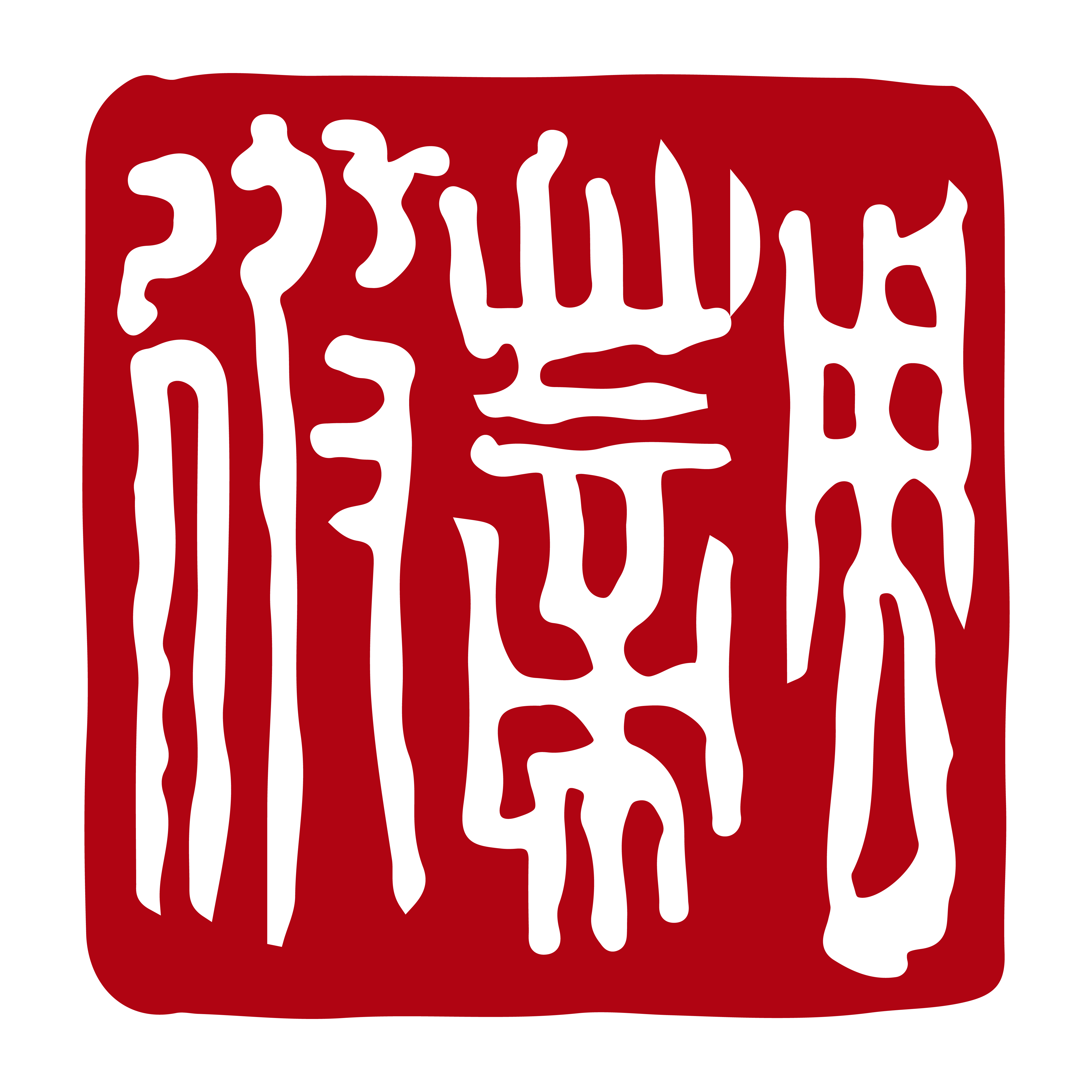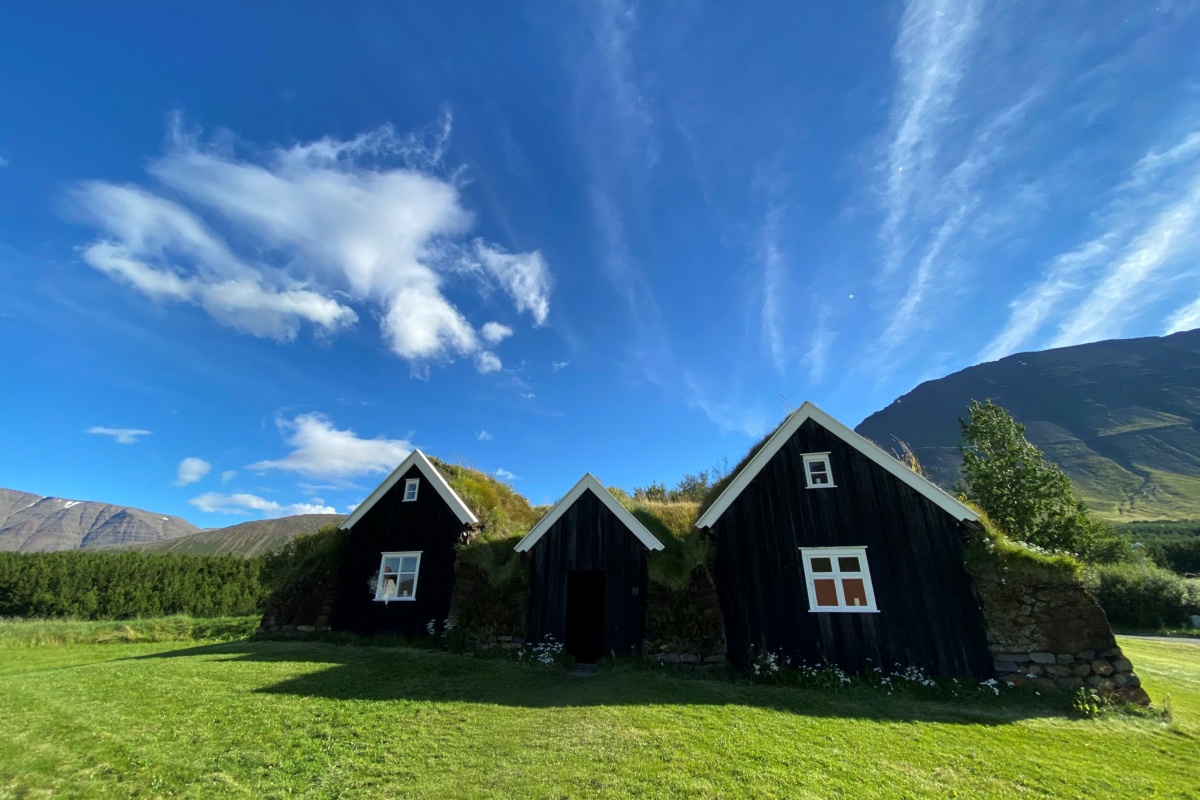What is a Koan?
Let’s start this way. We don’t know what to do, how to decide what is best, how to create planet-spanning change.
We’re in a tight spot. It would be easy to believe nothing is working. What now?
The world tears at itself, wind sears through your chest. Now what?
These are big questions without simple answers. Here’s another: how can a just and fair transition to low-carbon, nature-positive and more equal ways of living occur fast enough and over sufficient areas of the planet to limit and then reverse the climate and nature crises?
Koans were first developed in the 700s CE, and have more than 1300 years of tradition and testing. In China they were originally called gong-an, meaning a public case, a place where the truth awaits.
There were 700 foundational koans composed by Mumon Ekai, Setchō, Engo and Xutang Zhiyi contained in The Gateless Gate, The Blue Cliff Records, and The Record of the Empty Hall. You are not asked to find a correct answer: they are myths and stories intended to be keys to unlock habits of thought and behaviour, to widen an ecosystem that you cannot currently imagine.
A koan is thus not a riddle. A riddle is intended to have a single solution. Similarly a fable may illustrate a moral dilemma or failing, but once you have solved it, the game is over.
By contrast, a koan opens up space. It takes a problem from a closed room with curtains drawn, and puts it in a wide meadow. Now look up, from the problem to the view, the distant mountains, see the stream bubbling over stones, hear the bees humming in the flowers. Now the problem begins to feel different.
What is the point of any koan, you may well ask? Vast emptiness, comes the reply. A place to be wholly creative.
Koans and Creativity
We don’t know what to do when great moments of transformation in life appear: the rites of passage from small to big school, a first date, your first day in a new job, a baby in the family, a friend’s death, your own advancing mortality. We have no plan for what happens next. There is no rehearsal – apart from stories that tell how others have crossed their own thresholds. A koan seeks to open up the universe ahead, where fear could still be one of our greatest emotions.
Most of life is inconceivable. Living without fossil fuels seems so, for many people. Living without air pollution from cars, also seems inconceivable.
The Red Queen said, “Why sometimes I’ve believed, as many as ten impossible things before breakfast.”
Should we think of a new diet, perhaps less meat and more oat milk; should we buy an electric car now or later, fly less and cycle more; insulate our home or install solar panels, listen to the birds, have coffee with a friend? Well, one of these, then maybe another over time.
The climate is broken, the cost is fearful. The rain falls from atmospheric rivers, glaciers are disappear before our very eyes. All is broken. In that case, bring me the black hound who prowls the dark night paths. Bring me the dew on the grass, the smile of a new-born baby, a troubadour boy singing in the desert.
A koan might also say: don’t try to mend the broken things. Just run right past, and create something entirely new.
A koan is thus performative. Instead of giving the reader-listener-audience advice, it assumes you are entirely capable of coming up with some kind of personal action.
A Classic Koan
A famed koan begins: “Does a dog have Buddha nature or not?”
Zhaozhou said, “No.” [Actually, he said “mu.” See the character at the top of this article].
In any situation, you could use no to open a door and set you on a journey. There could be no sun and you’d not worry, no cool breeze, no fear. You could say no to habits, no to the noise of inner chatter. This koan also says, no might also be a yes, depending on how we look at it. Mu is patience, the silence and space between things.
Here’s another koan-like verse (from Chapter 53 of the Tao Te Ching):
“The fields are overgrown, the granaries are empty,
But the nobles’ robes are gorgeous.”
A koan has a daring suggestion: it asks “What if…?”
On a Journey, Beyond Binaries
So. A koan says this: we’re in the dark forest, it is at our darkest hour, there seems no path.
And yet, there it is, a gate, a threshold. And paths are only made by walking. There are infinite possibilities. Each of us does not have to take the same path. But the low-carbon, high-nature and high-happiness future lies toward that valley over here, not in the acrid haze behind.
Don’t wait until your plants are withered before watering. Don’t wait till you are hungry before planting crops.
Koans also seek to do this. They stop being for-or-against something; they stop us slipping into destructive dichotomies. Just because it seems easy to shout and disagree doesn’t mean everyone should sink low. A koan seeks to create a language that is kind enough to put arms around everyone, however toxic some might have been.
For certain kinds of knowledge, such as how to invent a whole new world of ways of living that reverse the climate crisis, that value happiness and well-being over wealth and things, well then we have to embark on a journey. And it may be scary.
It’s hard on a new path. There are critics off to each side, loud voices of old habits saying, go back. Ogres hiding under bridges, ready to pull you under. Comfort seems to lie in the old ways, but you can’t go back anyway. Those ways don’t work for this world.
In order to transform something, stop trying to change it.
Such crossings are a change of state, a transformation. Some used to call this alchemy. Ovid wrote 250 myths about them in his Metamorphoses poem 2000 years ago. Children are transformed into trees and animals, people into spirits. You sprinkle your face with water, and sprout antlers. The oldest surviving written text, The Epic of Gilgamesh, is about transformations: the establishment of the first city state by foragers and hunters, the search for answers in the wild, a great flood, the descent to the underworld of scorpion men and reed boats.
Koan stories are about narrative arc and transformations. Who were you at the beginning? Who are you now?
Click-click, that’s the sound of a pincer pair of chopsticks, catching flies.
Creating the Inconceivable
Koans throw you off balance.
They open a path into the world, to the luminous nature of things. Perhaps this is what we need. The blossom is not separate from the spring storm. The roots of all trees are tied together. A green fire in a dying wolf’s eyes changed Aldo Leopold’s heart, and he came to write famed essays on The Land Ethic and Thinking Like A Mountain.
You could find yourself speaking for the flounder and the whale in their unlighted homes. You could dwell upon this kind of reversal: it is not us who will save the creatures, but the creatures who will save us.
A butterfly comes to rest on an open hand, a young deer walks up in the garden and stands beside you, right on the patch where it was born one warm autumn afternoon. A blackbird scuttles near your feet, waiting for the worms to come up. You rescue a bat, and it bites right through your thumb.
In Poland in the 1980s, people silently took to the streets carrying TV sets around in prams, to demonstrate their rejection of government and its media.
In 2023, Third Act in the USA helped a movement of elders in 80 cities to blockade banks funding fossil fuel extraction companies. They set up rocking chairs on the sidewalks: it was called a rocking chair revolution.
In the late 1980s again, people in Estonia launched a Singing Revolution, a way to bolster identity as well as opposition to the Soviet rule. People began singing poplar songs in public places, and this in turn led to a greater sense of togetherness. Then in August 1989, two million people in Estonia, Latvia and Lithuania formed a single human-chain along the Baltic Way, they held hands on a route of 690 kilometres. Independence movements in all three countries grew.
All koans start with the impossible, and proceed towards the improbable.
Back to Koans
When Ahab was asked by his crew what they should do about the great white whale, a fearsome foe to them, his response was: “I think I shall praise it.” Maybe this is just the journey we need.
What if__?
What if we the Running People did stop using fossil fuels? Could a fairer and better world be created?
What if, there is no set remedy, no operating instructions for a world in crisis. What if, we did create this collective right of passage?
Don’t go alone into the woods! Well, why not?
Chaucer wrote that tales shorten journeys. The astronauts who wrote about the profound Overview Effect felt like nothing was impossible for the planet. It was endlessly fascinating and fulfilling, just watching and never seeing the same thing again.
A koan invites questions, certainly not immediate or single answers. Night-sky questions, prairie wind questions, questions about the smell and sound of air you are breathing.
Koans illuminate. They gaze back at us. We find ourselves listening with our eyes, seeing with our ears. Someone in nature is coming to fetch us. The Standing People of the forest, the ancient trees themselves, they know you are coming. The oak is a good tree, after all, lots of courage.
Koans tend to avoid explanations, as exposition kills engagement. Koans find third lane options that include formerly fractured dualities. Keep the koan company, look after it. It will soon emit a soft glow.
Each is a call to adventure.
And all paths rejoin, anyway. All paths come together, say the Tewa People.
After all, in every moment of life, something is ending and something else is beginning.
A Last Word
Now look around. There it is.
A path. And another. Many options for low-carbon regenerative lives. This only needs the grandest ever project of collective and worldly action.
Koans contain an outrageous suggestion, that we are lucky to be here, at this time. They reveal the connected. A public case is an open letter, and open offer.
Open a koan and let it gaze back. Carry it in your pocket, and like the fragrance of petals, it will not weigh much.
No umbrella? Use the rain as your raincoat.
Jules Pretty
[Mu]


Koan and Story Sources
Susan Murphy. 2023. A Fire Runs Through All Things. Zen Koans for Facing the Climate Crisis. Shambhala, Boulder
Joan Sutherland. 2022. Through Forests of Every Colour: Awakening with Koans. Shambhala, Boulder
John Tarrant. 2004. Bring Me The Rhinoceros. Shambhala, Boulder
Joan Halifax. 1993. Fruitful Darkness. Grove Press, New York
Susan Murphy. 2014. Mending the Earth, Mending the World. Counterpoint, Berkeley
John Tarrant. 1998. The Light Inside the Dark. Harper Collins, London
Koun Kamada. 2006. The Gateless Gate. Wisdom Publ, Somerville
Katsuki Sekida. 2005. Two Zen Classics: The Gateless Gate and The Blue Cliff Records. Shambhala, Boulder
Daitetz Suzuki. 1938 (2010). Zen and Japanese Culture. Princeton, NY
Dosho Port. 2021. The Record of Empty Hall: One Hundred Classic Koans. Shambhala, Boulder
Thomas Cleary. 1993. Unlocking the Zen Koan. North Atlantic Books, Berkeley
Jules Pretty. 2022. Sea Sagas of the North. Hawthorn Press, Stroud
Jules Pretty. 2023. The Low-Carbon Good Life. Routledge, Oxon
Gary Snyder. 1990. The Practice of the Wild. Shoemaker Hoard, Washington DC
Gary Snyder. 1995. A Place in Space. Counterpoint, New York
 Jules Pretty
Jules Pretty
